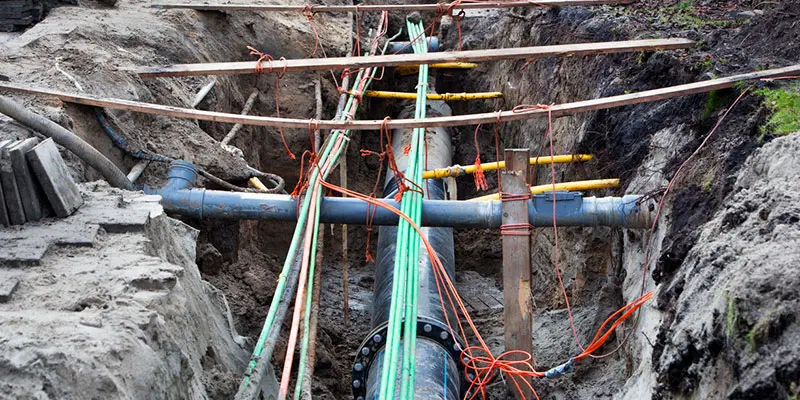
Across the country, a powerful shift is happening. Broadband internet and utility services like electricity and water are starting to work together, and it’s creating big opportunities — especially for tribal nations, rural electric co-ops, and small towns looking to build smarter, more reliable systems.
By combining internet and utility infrastructure, we can make our power grids, water systems, and even gas services faster, safer, and way more efficient. And the best part? Local governments and tribes don’t have to wait on the big companies — they can lead the way themselves.
Think of broadband as the nervous system of your community’s infrastructure. When you add internet connectivity to your utility systems, you unlock the ability to:
These upgrades are made possible through smart technologies like:
A smart grid is just an upgraded power system that can communicate with itself and with you. It uses devices connected through broadband to constantly check the health of the system and make smart adjustments. These include:
For example, if a storm knocks down a power line, a smart grid can isolate that problem to just a few homes — instead of an entire neighborhood — and reroute power so people nearby stay online.
Smart utility systems also improve:
All of this depends on broadband backhaul — the internet connection that lets these smart devices talk to each other and to utility control centers.
Traditional power systems lose up to 10% of all energy during transmission. That’s wasted money and power. But with smart systems:
This can save millions of dollars over time, especially for smaller communities that rely on every dollar in their budget.
When disasters hit, resilient infrastructure saves lives. Smart utility systems help by:
Using distributed energy resources like microgrids and solar with storage, we can keep parts of the grid powered even when the main line is down.
Forward-thinking communities are already proving this works:
When tribes, cities, and co-ops invest in smart utility systems powered by broadband, they’re not just upgrading wires and pipes — they’re building energy independence and economic strength. This model puts control back in the hands of the community and lays the groundwork for innovation, self-reliance, and resilience.
If we build these systems intentionally today, we won’t just be catching up — we’ll be leading.